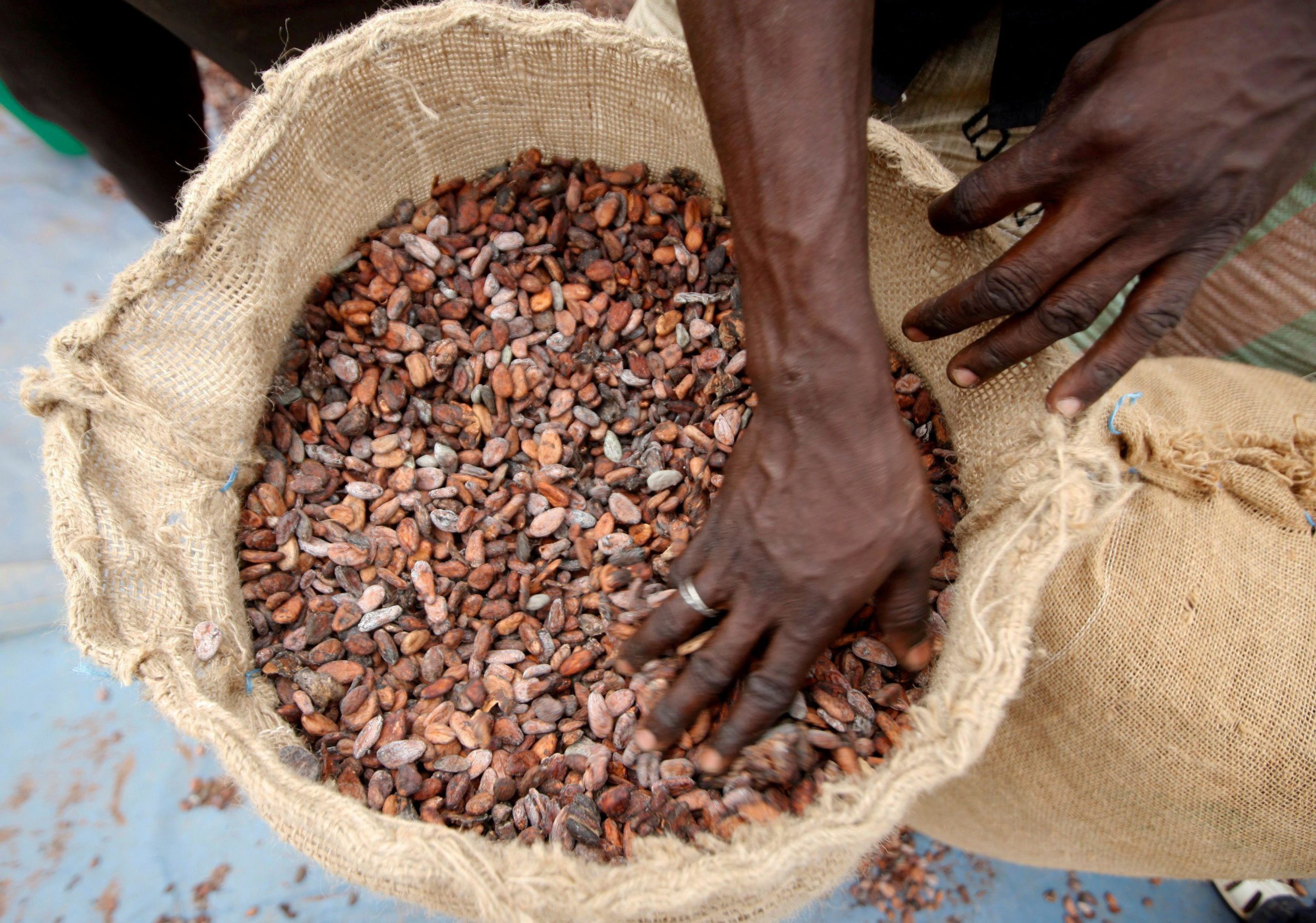The crude tanker sector is experiencing its most significant shipbuilding boom in nearly a decade, with the order book-to-fleet ratio climbing to 14.1 percent—the highest level since 2016—signaling a potential renewal of an aging global fleet.
According to BIMCO’s latest analysis, the surge represents a dramatic reversal from March 2023, when the ratio bottomed out at just 2.8 percent following historically low contracting volumes in 2022.
“Due to low contracting volumes in 2022, the crude tanker order book/fleet ratio bottomed out at 2.8% in March 2023. It has climbed steadily since and has now hit a nine-year high of 14.1%. The order book may kickstart the renewal of a fleet that has grown older on average since 2018,” said Niels Rasmussen, Chief Shipping Analyst at BIMCO.
Since 2023, shipowners have contracted 325 crude tankers with a combined deadweight capacity of 68.7 million tonnes. The current order book contains 309 vessels totaling 65.8 million DWT, with deliveries scheduled to peak at 28.2 million DWT in 2027.Nearly all of the ordered capacity—98 percent—is expected to be delivered before the end of 2028.
Asian shipyards continue to dominate the sector, with Chinese yards holding 60 percent of crude tanker capacity on order, followed by South Korea at 31 percent and Japan at 8 percent.Suezmax and VLCC tankers represent the bulk of new orders, with 135 and 128 vessels respectively.
However, the expansion comes amid uncertainty about future oil demand. The International Energy Agency’s recent World Energy Outlook estimates that average annual growth in global oil demand between 2024 and 2035 will reach a maximum of 0.7 percent per year.
“The order book’s size may appear too large compared to the expected global oil demand growth in the future,” Rasmussen noted.
Under more aggressive decarbonization scenarios aligned with the Paris Agreement’s 1.5°C target, global oil demand could actually contract by 3.3 percent annually, according to IEA projections.
The key to maintaining market balance lies in vessel recycling. Currently, 18.2 percent of the crude tanker fleet is 20 years old or older, representing 17.2 percent of total fleet capacity—slightly more than the order book.
Yet challenges remain. Rasmussen warned that more than 40 percent of the recycling potential comes from currently sanctioned ships, and those sanctions also restrict their sale, potentially delaying recycling and reducing scrap values.
“Despite the relatively large order book and potentially weak demand growth, it appears likely that the market can achieve a balanced supply/demand if older ships are recycled,” Rasmussen said.
The analysis suggests that the industry faces a delicate balancing act: modernizing an aging fleet while avoiding oversupply in a market where demand growth may slow or even reverse as the world transitions away from fossil fuels.

 Join The Club
Join The Club










